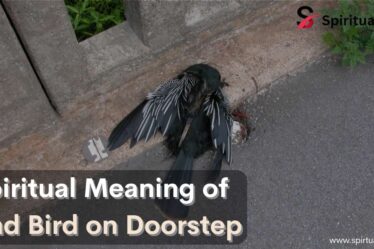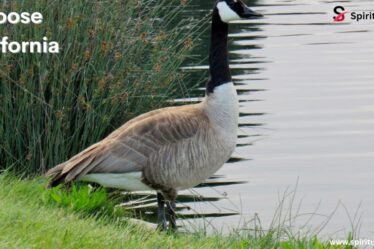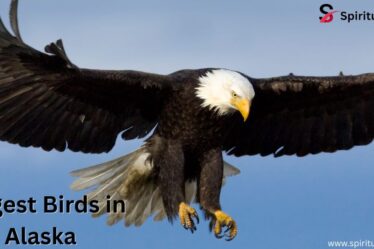
Green parrots have long fascinated bird lovers with their vibrant plumage, intelligent personalities, and ability to mimic human speech. In the USA, more and more people are falling in love with these stunning birds, not only for their beauty but also for their engaging behavior. With over 300 species of parrots around the world, many have brilliant green feathers, but some stand out as ideal companions. These parrots are not only visually striking but also known for their long lifespan, affectionate nature, and strong social bonds with their human caretakers.
Choosing the right green parrot for your home depends on several factors like size, noise level, care needs, and personality. From small, quiet types like the Pacific Parrotlet to louder, more energetic talkers like the Amazon Parrot, each has its own unique charm. Some are better for first-time owners, while others need more experience and attention. This guide highlights nine of the top green parrot species you can keep as a pet, giving you everything you need to make an informed choice.
Tip
Before you bring home a green parrot, it’s important to know they need more than just a cage and food. These birds thrive on socialization, mental stimulation, and daily interaction. A bored parrot might develop bad habits like feather plucking or aggression, so make sure you give them plenty of toys, enrichment activities, and training time. Remember, owning a parrot is a long-term commitment — some species live up to 60 years or more!
Budgerigar
The Budgerigar, often called a budgie, is a favorite among bird lovers, especially for beginners. While wild budgies are usually green, selective breeding has produced many color variations, but the green mutation remains the most popular. Budgies are small, easy to care for, and surprisingly intelligent. They can learn to mimic words and enjoy playing with toys and interacting with their owners.
These parrots usually measure around 6 to 8 inches and have a lifespan of up to 15 years. Budgies are very social, so they do best with regular attention. They love to perch on fingers and explore their surroundings. Despite their small size, they can be very vocal, chirping and mimicking sounds from their environment.
Species Overview
Identification of budgies includes their long tail, light beak, and wavy lines on their head and back. They nest in tree cavities and lay about 4-6 eggs per clutch. Their diet consists of seeds, fruits, and vegetables, which should be rotated to avoid boredom and maintain health. Budgies are common in both urban and forest habitats and adapt well to captivity.
Male Eclectus
The Male Eclectus Parrot is a show-stopper with his brilliant emerald green feathers and orange upper beak. Unlike most parrot species, male and female Eclectus look completely different. While the male is green, the female sports red and purple. These parrots are quiet and gentle, making them ideal for people who prefer a calm companion.
Eclectus parrots need a diet rich in fruits, vegetables, and insects. They don’t eat as many seeds as other birds. These parrots enjoy routine and need a peaceful environment to feel secure. They’re also known for their clear speaking ability and friendly demeanor when properly socialized.
Species Overview
These parrots grow to about 18 inches in length with a wingspan of around 22 inches. In the wild, they nest in hollow tree trunks and lay 2 eggs, which hatch after about 30 days. Originally from the South Pacific islands, they are commonly found in the forest canopies of New Guinea and nearby regions. In captivity, they require frequent enrichment and training to stay mentally fit.
Lovebird
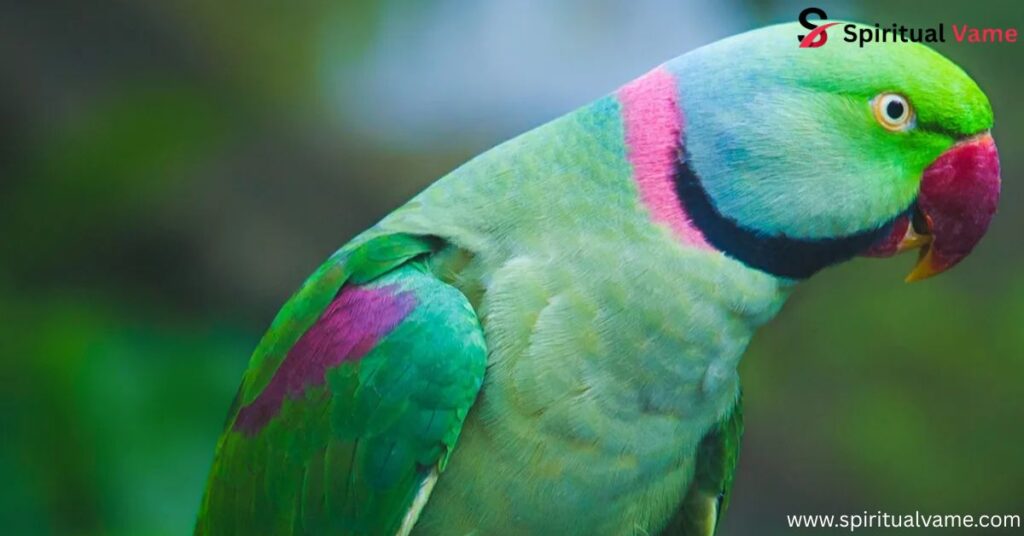
Lovebirds are small but bold green parrots with a lot of personality. Some species, like the Fischer’s or the Peach-Faced Lovebird, have green plumage mixed with vibrant reds, oranges, or blues. They are very social and do best when kept in pairs, though a single bird with plenty of human interaction can also thrive.
Lovebirds are quite active and need time outside their cage every day. They enjoy climbing, chewing, and playing with toys. Despite their small size, they can be noisy and are known to be a little nippy if not properly trained.
Species Overview
Lovebirds grow up to 6 inches and live around 10 to 15 years. In the wild, they are found in forests and savannas across Africa. They are cavity-nesters and lay 3-6 eggs per clutch. Their diet should include seeds, fresh fruits, and leafy greens.
Indian Ringneck Parakeet
The Indian Ringneck Parakeet is famous for its sleek green body and signature black ring around its neck, especially in males. These parrots are expert talkers and can build strong bonds with their owners if raised with care. They are also very curious and need a lot of mental stimulation to avoid boredom.
These birds are not ideal for beginners, as they can be stubborn and independent. However, with regular training and socialization, they become delightful companions. Their vocal talents often impress visitors.
Species Overview
This parakeet species reaches about 16 inches in length. Native to parts of Asia, they live in both urban and forest settings. They typically lay 3-6 eggs and prefer tree hollows for nesting. Their diet should mix fruits, vegetables, and pellets, with limited seeds.
Green-Cheeked Conure
The Green-Cheeked Conure is one of the quieter conures, making it a favorite among apartment dwellers. These parrots are playful, sweet, and often clownish in their behavior. They have dark green feathers, a maroon tail, and a black beak. Though not the best talkers, they make up for it with their fun-loving nature.
They enjoy spending time with their owners and need regular out-of-cage time. These birds are very social and can become nippy if ignored or under-stimulated. They also require a well-balanced diet and daily enrichment.
Species Overview
This species grows to about 10 inches and lives up to 30 years. They nest in hollow logs or tree cavities in the wild. Native to South America, they’re commonly found in forests and are subject to habitat loss and population decline in some regions.
Amazon Parrot
Amazon Parrots are known for their loud personalities, talking ability, and colorful plumage. Though mostly green, their faces or wings can have yellow, red, or blue highlights. Popular types in the USA include the Yellow-Crowned Amazon and Blue-Fronted Amazon. These birds are quite intelligent and need lots of interaction.
They can be vocal and even shout when excited or upset. This makes them better suited for experienced bird owners. They need daily playtime, frequent training, and a large cage filled with toys and climbing space.
Species Overview
Amazon parrots can grow up to 18 inches and live as long as 60 years. Their natural habitat spans Central and South American forests. They nest in trees and usually lay 3-5 eggs. Their diet includes seeds, fruits, vegetables, and occasionally insects.
Pacific Parrotlet
Don’t let their tiny size fool you — Pacific Parrotlets have huge personalities. These birds are bold, confident, and enjoy being handled when properly socialized. The green mutation is one of the most popular color varieties in the USA.
Though they are quieter than other parrots, they still love to chirp and play. They need a steady routine and daily attention. Without enough interaction, they can become nippy or moody.
Species Overview
These birds grow just 5 inches long but live up to 20 years. Native to Central America, they are commonly found in forest edges. They nest in cavities, and their clutch size ranges from 3-7 eggs. Their diet should be diverse, including fresh fruits, vegetables, and small seeds.
Quaker Parrot
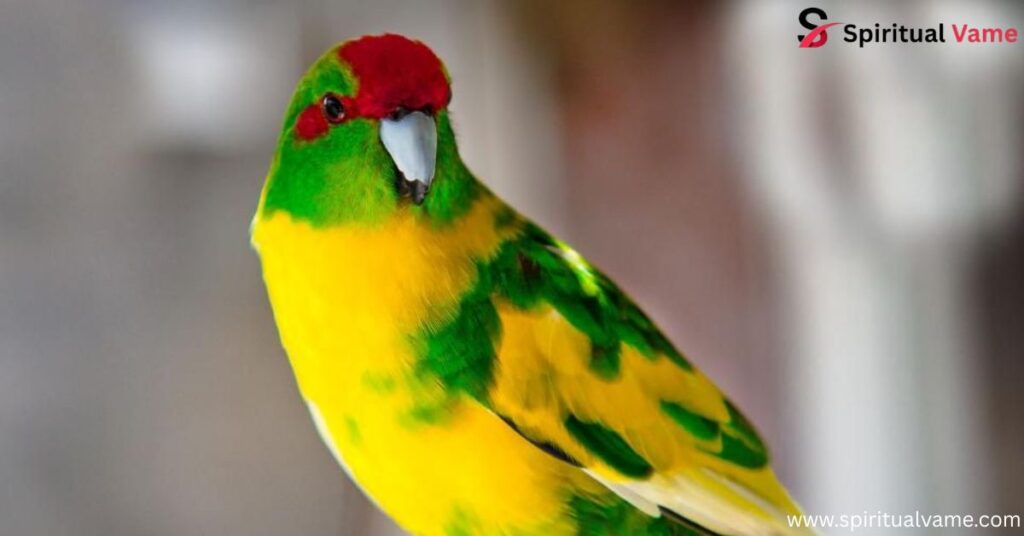
Also called the Monk Parakeet, the Quaker Parrot is full of charm. These green parrots are known for their sweet talking voice, fun personalities, and ability to build complex nests. They often bond deeply with one person and love being the center of attention.
However, their talking ability and mimicry also come with a loud voice. These parrots can get noisy, especially if left alone for long periods. Regular training and a solid routine help keep them calm and happy.
Species Overview
They grow to about 11 inches, with a lifespan of up to 30 years. Native to South America, they’ve also formed wild colonies in some US states like Florida and Texas. Their diet includes seeds, vegetables, and nuts, but should be monitored for health.
Green Parakeet
The Green Parakeet (Psittacara holochlorus) is found naturally in Mexico and parts of southern Texas. It’s a medium-sized parrot with vivid green plumage and a strong, curved beak. They are social and often seen flying in noisy flocks. Though less common in the pet trade, they are important to native ecosystems.
Species Overview
This species measures about 11 to 13 inches and lives in groups. In the wild, they prefer tropical and subtropical forests, nesting in cavities or cliff walls. Their diet includes fruits, seeds, and occasionally insects.
Go The Extra Mile For Birds
Keeping a green parrot as a pet is a joy, but it also comes with responsibility. These birds need a proper habitat, mental and physical enrichment, and regular care. Consider adoption from a rescue center if possible. Parrots like the Gray-breasted Parakeet, Socorro Parakeet, and Thick-billed Parrot face serious conservation challenges in the wild.
Your contribution will be matched dollar-for-dollar. Act by December 31!
Now is the time to act. Your support helps fund vital programs like species reintroduction, monitoring, and fighting habitat degradation. Every dollar supports birds like the Blue-throated Macaw, Northern Emerald-Toucanet, or the Military Macaw. These birds depend on people like you.
Green Parakeet
At a Glance
Medium-sized green parrot, native to Central America, commonly found in southern Texas. Length: about 12 inches. Life expectancy: around 20 years in the wild.
About the Green Parakeet
Known for their bright green plumage, these birds are affectionate, energetic, and highly social. They form tight bonds in flocks and use loud calls to stay in contact.
Unsettled Taxonomy
The classification of the Green Parakeet has changed many times. Once considered the same as other parakeets, some scientists now recognize different subspecies including the Red-throated variety.
Songs and Sounds
They produce sharp, high-pitched calls. In captivity, they may learn basic sounds but aren’t top talkers. In the wild, their communication keeps flocks organized and safe from predators.
Breeding and Feeding
Breeding starts early in the year. Nests are built in cavities, often high in cliffs or buildings. A female lays 2-4 eggs, and chicks are fledged in about 30 days. Their diet includes fruits, seeds, and small insects.
Region and Range

Found across northern Central America, including Honduras and Mexico, with smaller populations in Texas. Most live in forest edges and open areas near farmland.
Conservation
While not yet endangered, the Green Parakeet faces threats from habitat loss, trapping, and competition with invasive species. Groups like the Loro Parque Fundación work to monitor and protect this species in its native range.
Conclusion
Green parrots are more than just eye-catching pets — they’re intelligent, affectionate, and often lifelong companions. Whether you’re drawn to the chatter of an Amazon Parrot, the quiet charm of a Pacific Parrotlet, or the sweet nature of a Lovebird, there’s a green parrot suited for every type of bird lover. But remember, these birds need more than food and a cage — they thrive on attention, stimulation, and love. Choosing the right species requires patience and research, but the rewards are immense. With the right care, your feathered friend can bring years of joy, laughter, and companionship into your life. Make your choice wisely and love deeply.

